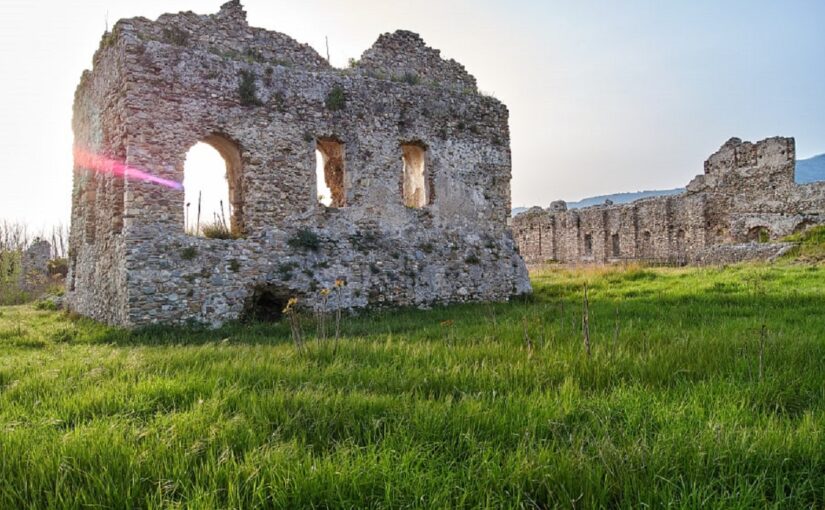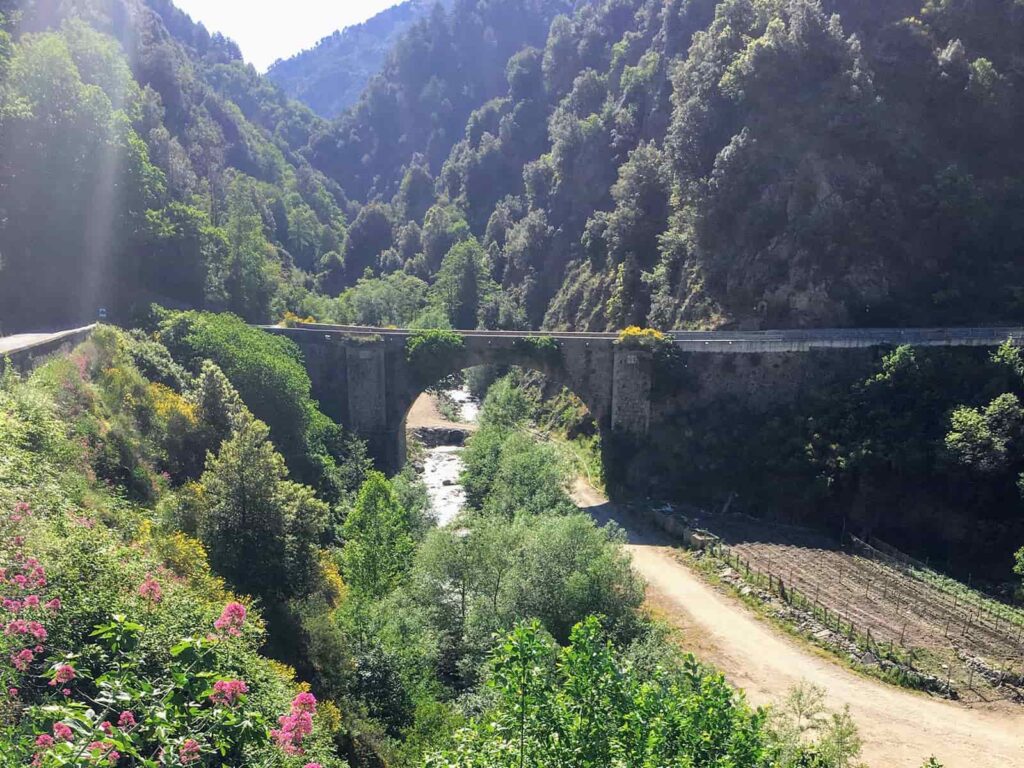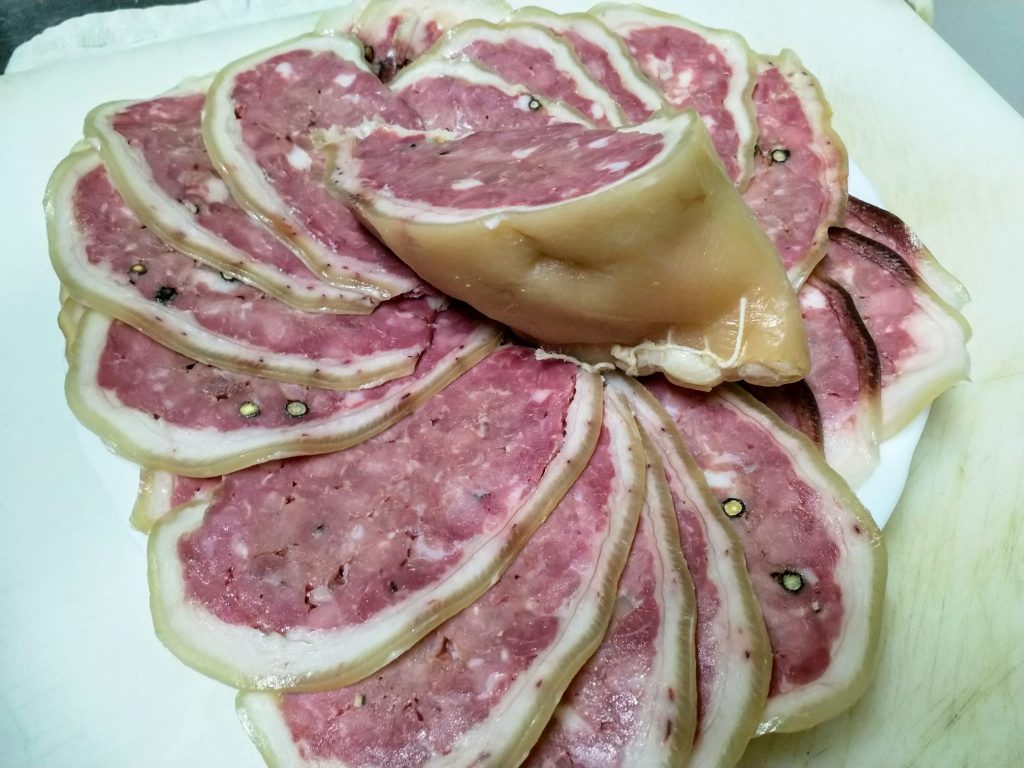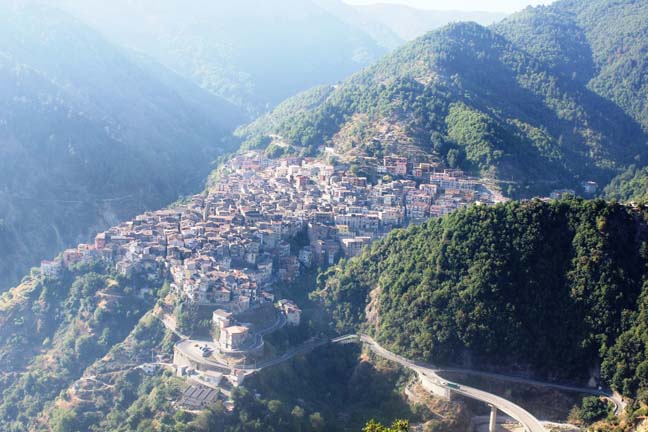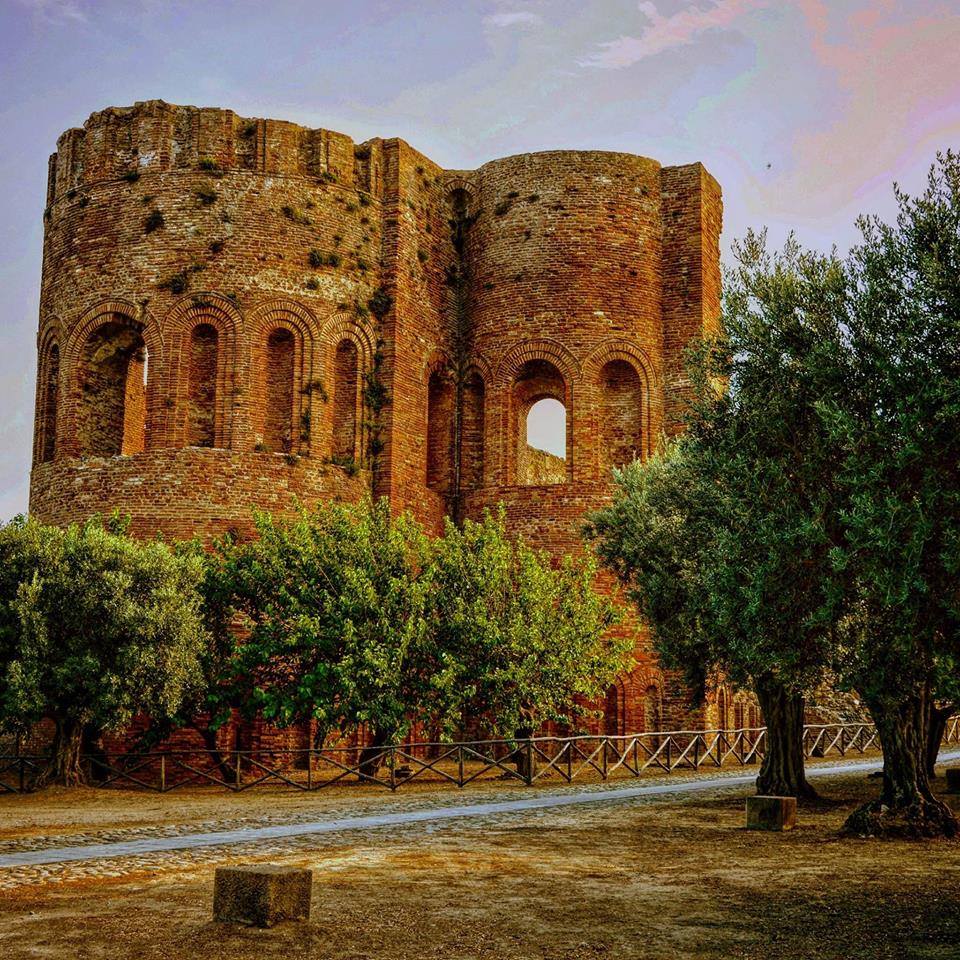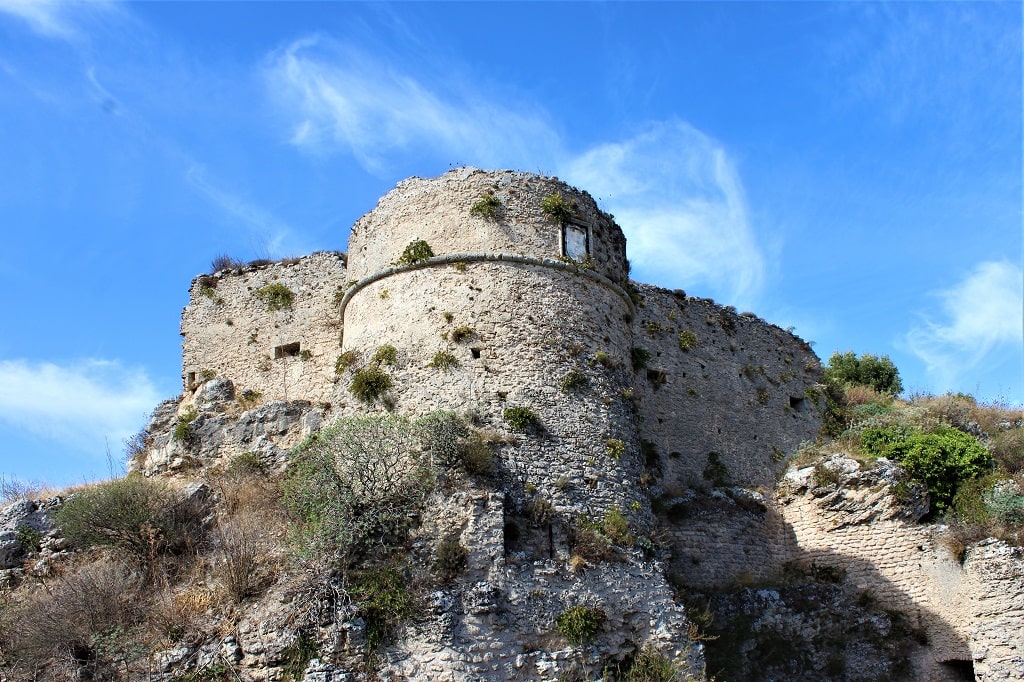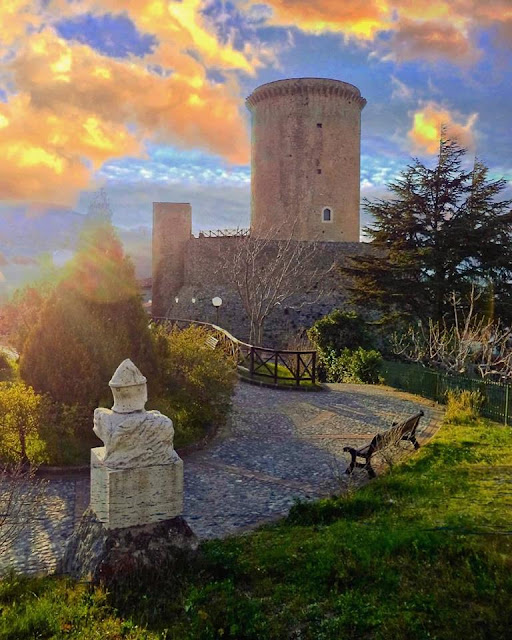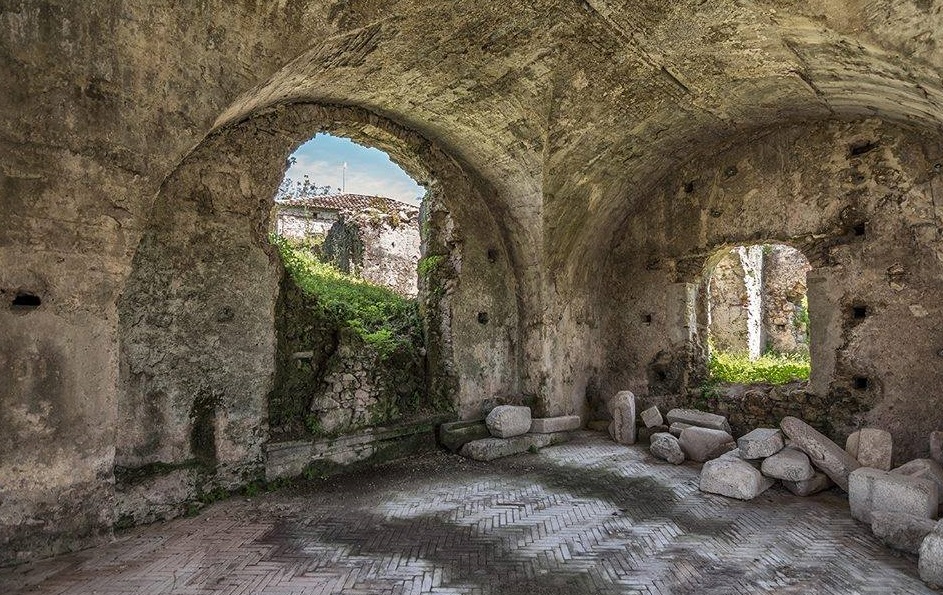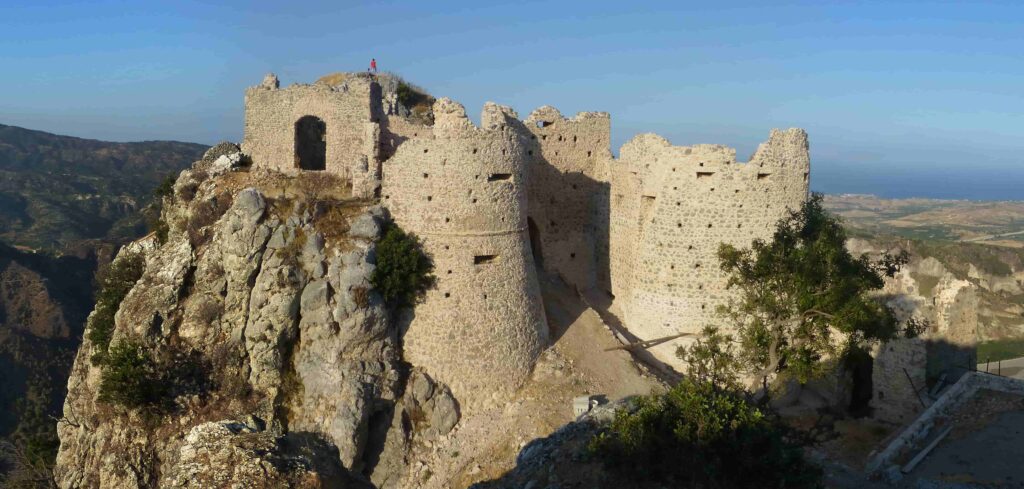1.2.2023
MICRO-HISTORY OF THE GASTRONOMY OF THE VISIGOTE PEOPLE
The Goths, a Scandinavian and barbaric people, have left very clear traces in Calabrian food and wine. This happens, especially, after the sacking of Rome by King Alaric, around 400 AD, when a real kingdom was established in Italy, which also reached the extreme southern part of the peninsula. The main techniques of production and cooking of the food of the Visigothic people were inherited from Calabria in those years.
The history of the Goths begins in the era in which the Romans knew some barbarian peoples, settled for some time in ancient central Europe and which, from the first centuries of the empire, the State of Rome took care to bind to itself through treaties, giving them the possibility of living within the limits of the empire, provided they served as sentinels, mercenaries and escort corps.

The Romans preferred to see these peoples and, among them, the Goths as a civilized people, rather than as a wild and wandering human aggregate; most of them were still dedicated only to hunting and cattle breeding, when they came into contact with the luminous Roman civilization.
One of the main barbarian tribes named by the Romans since the first centuries of the Christian era, were the Visigoths, who came from Northern Europe and came to live and expand throughout the province of Hispania . They were known as hunters and gatherers, brave men and men of war, who thought it cowardly to acquire by labor what could easily be obtained by violence.
Accustomed only to grazing, they did little for their livelihood, for many centuries, which forced them to enter the practice of agriculture, only after the first contacts with the Romans, but without ever settling definitively within well-defined limes (borders), given that they often abandoned the fields in search of new lands. Cultivating, therefore, mainly small plots of oats, a cereal used for both human and animal nutrition.
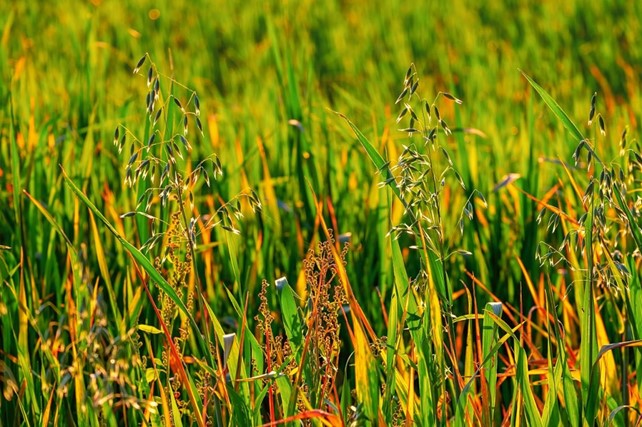
They remained in central Europe, with their place of origin in present-day Denmark, for many centuries and only later, around 350 AD, did they spread to Italy and Greece, under the pressure of the Huns, who conquered their lands by force . But even when these peoples invaded the Roman limes , having arrived in the territories of the Empire, they ended up adopting the new cultural habits that the local tradition imposed on them, which implied that they improved, not only their customs, but also the way of cultivating and work what they would consume, which helped them improve their daily diet in no small way.

SMAF LTD
Explore our products, coming from CALABRIA. Order the food and beverage products that allow you to explore the Mediterranean diet of a remarkable region. Surrounded by two seas and adorned with pine forests, mysterious villages, natural habitats, and rich biodiversity. Discover handcrafted delicacies that embody the soul of the land: sun-ripened fruits, premium olive oils, bold wines, artisanal cheeses, and traditional cured meats, all crafted with passion and authenticity.
Therefore, it is easy to understand why the typical foods of the Visigothic people were the same as they were in the Roman era in the 4th and 5th centuries AD, i.e. the most widely used cereals such as wheat and other varieties of grasses, which were processed without delicacy and were used to prepare, mainly, a flour porridge .
The Goths also cooked different types of bread, hard and not very delicate, with which they fed the servants, and its preparation was based on wholemeal flour and yeast, which ended up becoming a tasty black bread (ample traces of which remain in many localities of Calabria, to be considered a clear cultural legacy of the Goths).
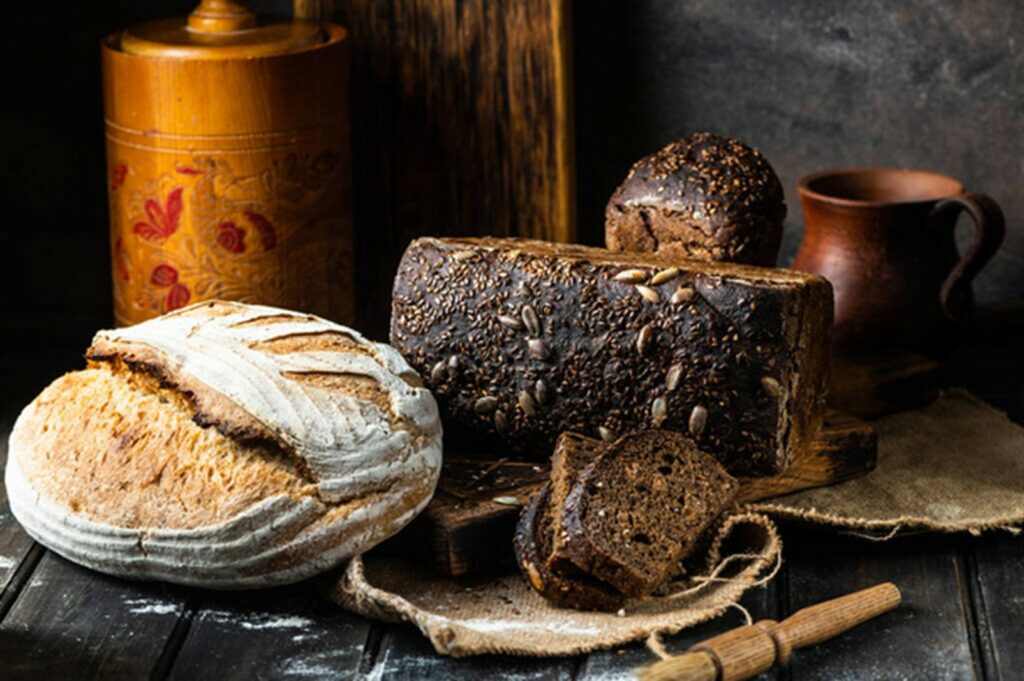
In the same way, the Goths derived various pastry recipes from the Romans, all based on honey, since this was the only sweetener known at the time (sugar will only be introduced in modern times, after 1492).
For the rest, due to the influence of their daily hunting and breeding activities, the Goths in Calabria and Spain preferred to consume meat, in all its varieties. In particular, the pig was the species most loved by the Goths; and traces of this predilection can still be seen in the excellent Calabrian delicatessen, further improved by the modern domination of the Spanish Aragonese, who among other things perhaps rediscovered their Gothic past in Calabria. Of course, the Goths also appreciated sheep and beef.
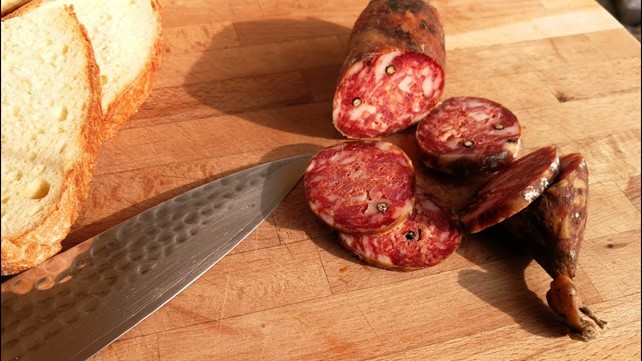
Finally, it is worth mentioning the custom adopted by the Visigoths and the Hispano-Romans of growing vegetables, which were introduced into the Calabrian diet in all their diversity, together with some fruits. One could safely say that it was the Goths who introduced the cultivation of vegetables such as artichokes and spinach, and also of hops, which contributed greatly to the local production of beer. The Goths were, moreover, pioneers, with the specific cultivation of apples and their subsequent fermentation, in the production of cider.
RECIPE BOOK OF VISIGOTIAN CUISINE
In Visigothic Spain, San Fruttuoso, in chapter V of the ” Regula monachorum “, speaks, with regard to the typical Goth recipes, of meat, fish and vegetables, but, in reality, what little we know of the cuisine of these nebulous times we owe it to what is reported in the ” Etymologies ” of San Isidoro.

As is known, the ” Etymologies ” represent the compendium of knowledge of an entire period, that of the Christian world which belonged to the High Middle Ages. This book, written in the 7th century, contains mention of many practical subjects, of laws, of medicine, but also of finely theoretical topics such as angelology, dialectics, ecclesiastical offices, rhetoric, mathematics. However, among the curiosities treated by San Isidoro, the XX and last book of the “Etymologies” is very important, which describes in detail the Gothic kitchen (even the kitchen utensils, such as cauldrons, pots, pans, etc.). This attention to the Goths is directed by San Isidoro also considering that among the Goths the work of spreading Christianity had been completed, already in Denmark, by King Aroldo (considered a saint by the Catholic Church), something attested by a famous “stone runic” (written in characters of the runic or Norse language of the Goths and common to the other Danish peoples), the Great Stone of Jelling (where we read ” Harald the king had this stele made for Gorm his father and for Thyra his mother, this Harald who conquered all of Denmark and Norway and made the Danes Christians “).
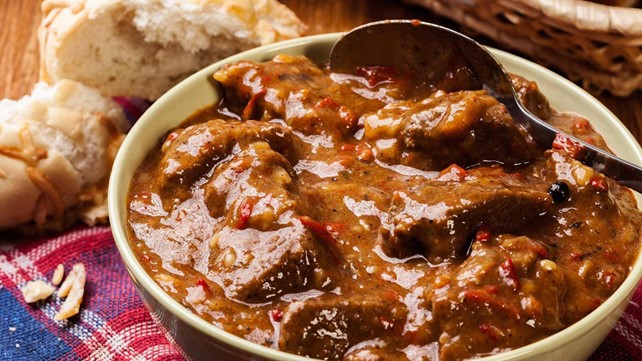
San Isidoro speaks of Visigothic Spain, but in doing so, in practice, he mentions in detail the Gothic heritage in food and wine also of the other Gothic kingdoms (such as Calabria). The Author discusses, not only, the dining room and wardrobes, sideboards, pantries, types of pottery, plates and glasses (both for water and wine), – but, also and above all, the individual Gothic foods and brings us back the tradition, for example, of the very tasty black bread of the Goths and their meat stew, in its four basic ways: roasted, cooked, fried or in sauce.
The vegetables that were mostly grown in the Gothic gardens were mainly lettuces, chicory, leeks, chard, pumpkins, asparagus, artichokes and spinach. Fruits such as dates, pomegranates, peaches, apricots, pears, cherries and lemons were also known, and almonds, hazelnuts, chestnuts and walnuts were consumed among the nuts.
With the cereals, different types of bread were made, some coarse, of very low quality, which were eaten by the servants, cíbarius , and others, both with leaven, fermentacius , and without, azymus . Wholemeal breads were also prepared (the famous gothic black bread, which in Calabria is still prepared in various places).
Desserts, which were mainly based on some kind of cake, were always made with honey. Honey, in fact, was the only sweetener used and known in the preparations of Visigothic pastry (it is not excluded that the famous pitta entangled , a spirally rolled cake filled with raisins, honey and walnuts, eaten especially at Christmas in Calabria, is a clear gothic heritage).

The basis of the meal, on the other hand, was a kind of polenta which, when mixed with legumes, was called pulte , when mixed with dried meat, pulmentum , and when mixed with minced fish, meat and vegetables, minuta .
Cattle breeding was one of their main activities, as meat was obtained from it for daily consumption, with pork being considered the most valuable meat and, after it, sheep and cows.
The most popular seasoning was the pepper brought from India. Cinnamon and saffron were also known, which were picked fresh and consumed during the day.
The Visigoths were great drinkers of wine and consumed different types. White wine was obtained from the aminea grape and sweet wine from the apiana. Pure wine was called merum , when fresh from the press mostum , when red roseum , and when white amineum . In addition to wine, cider was consumed (deriving from the fermentation of apple juice), sicera and beer, the so-called cervisia (today also called cerveza in Spanish ).
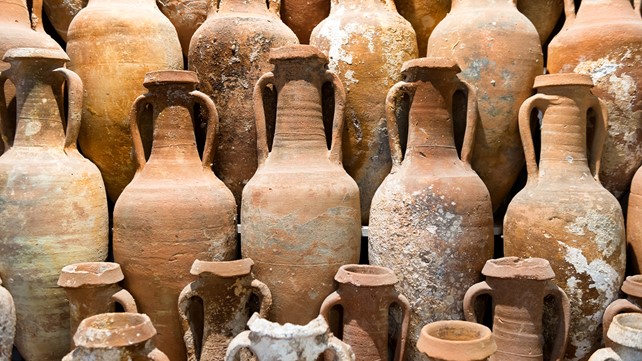
In short, Visigothic gastronomy was simple and not very elaborate, based on the roasting or cooking of any product. But everything can be explained by the very strong link with the most ancient Roman cuisine. In fact, after the disintegration of the Roman Empire, invasions such as that of the Goths arrived and with them the appearance of different cuisines in Europe, entirely derived from the existing ones or partially replacing them. It is therefore not an exaggeration to argue that the foods consumed in Visigothic Spain and in Calabria and mentioned by San Isidoro were a sort of historical and traditional summary of the same foods from the Roman era, of the same cereals and vegetables that formed the basis of the Latin diet.
In particular, the Visigoths learned from the Spanish-Roman gardeners (and passed on to the Calabrian populations) the cultivation of various legumes, such as broad beans, lentils, peas, chickpeas and lupins.
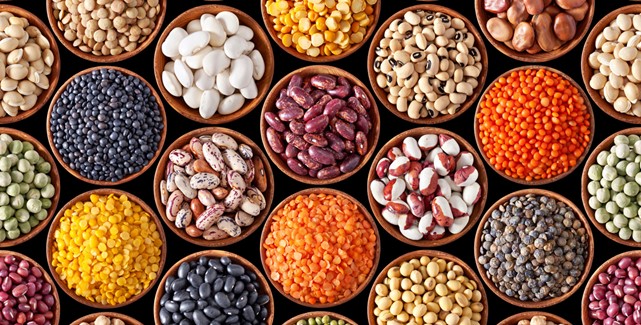
MACRO-HISTORY OF THE GOTHS IN REGGIO CALABRIA
After the raid by the Visigoths in 410 AD and the death of Alaric near Cosenza, Reggio Calabria resumed its peaceful and industrious existence. In fact, there followed a relatively peaceful sixty years of presence of the Goths in Reggio, which left some traces, in fact not as impressive as in Ravenna, where the works of Theodoric are still visible today.
However, in 534 the Byzantine emperor Justinian, at war against the Vandals of Africa, asked the Goth king Theodatus for permission to use Sicily as a base of operations. The Gothic king, who had been forced, following an agreement, to cede Lilibeo (today’s Marsala) to the Vandals, willingly accepted the treaty and the relative request of the Byzantine Romei.
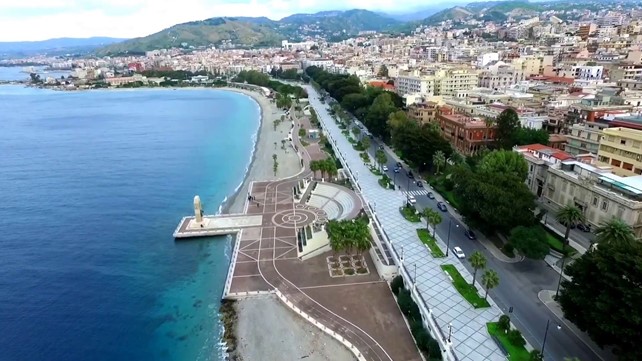
However, the Byzantine general Belisarius was the protagonist of an about-face with the Goths, as, after having defeated the Vandals in Sicily, he received the order from the emperor to expel the Goths from Calabria as well as the Vandals from Sicily. At that moment all the cities of Calabria in the hands of the Goths, being deprived of maneuver armies, decided to come to terms with General Romeo. Also in Reggio, which had been entrusted to a son-in-law of the Gothic king Theodatus, named Evermund , the local garrison agreed to receive a payment in money from the Byzantines and to leave the city, the gateway to Italy, to Belisarius.
Thus ended the era of the Goths in Calabria and also in Reggio the demonstrations of jubilation of the population were renewed towards the Byzantines, who were being freed from the domination of the barbarians.

It was then in a certain sense thanks to the military negligence of the Goths, if the Byzantines, noting the absence of walls in the city of Reggio, decided to transform the city into a fortified kastron. Therefore, one of the historic changes that the city’s urban planning underwent took place. The layout of the walls could no longer be the one on the so-called hills of the Savior, because it was essential to protect the port, nor the large one of the Hellenistic and Roman city, since the inhabitant population had significantly decreased, to the benefit of the surrounding choria (villages). The walls were enormously enlarged and Reggio had the opportunity to expand demographically and architecturally, assuming the characteristics of the most important city in the Calabrian territory until today.


